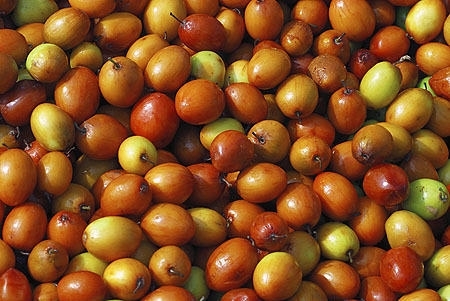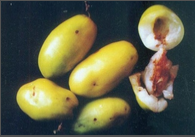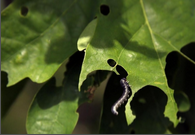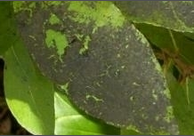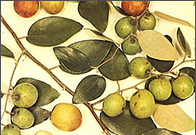Gola: High yielding, early maturing variety suitable for dry areas. Fruits are round, greenish yellow in color. Suitable for cultivation in extremely dry areas.
Banarasi Kadaka: Mid season variety.
Mehrun, Chuhara, Parbhani
Umran: Fruits are of oval shape with smooth and glossy skin. Fruits are of golden yellow color and on maturity it changes to chocolate brown. Gets mature in March end to Mid April. Gives average yield of 150-200kg per tree.
Other States Variety:
Reshmi: It is a mid season variety. Fruits are of this variety are oblong shape with round tip. Fruits are greenish yellow. Its pulp is soft and creamy white.
Murie: Mid season variety with excellent bearing capacity. Fruits are oval shape with yellow color. Its pulp is soft and sweet.
Seo: Fruits are light pinkish yellow color.
Seb: Early maturing variety. Fruits are round shape with yellow colored.
Kaithli: Fruits are of medium size, oblong, with smooth skin and of greenish yellow color. Ready to harvest in March End. Fruits are of sweet in test. It gives average yield of 75kg per Tree. Get affected with Powdery Mildew disease.
ZG 2: Trees are of spreading type. Fruits are of medium size, oblong and of bright green color on ripening. Sweet in test. It is resistive to Powdery Mildew disease. Ready to harvest in March End. It gives average yield of 150kg per tree.
Wallaiti: Medium to large size fruits with oval shape. On maturity, color of fruit changes to golden yellow color. Pulp is soft with TSS from 13.8 to 15%. It give average yield of 114kg fruits per tree.
Sanaur 2: Fruits are of large size, skin is smooth with golden yellow color. Sweet in test having TSS 19%. Resistant to Powdery Mildew. Ready to harvest in second fortnight of March. It gives average yield of 150kg per tree.

